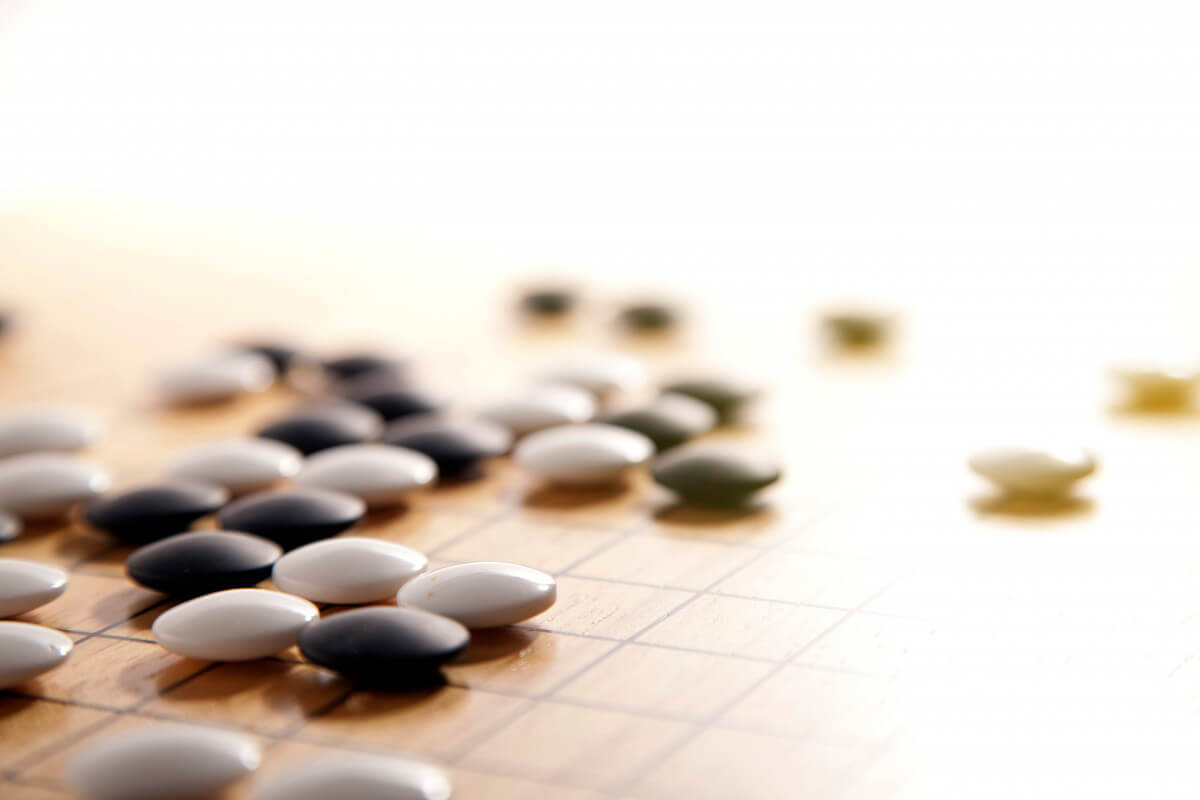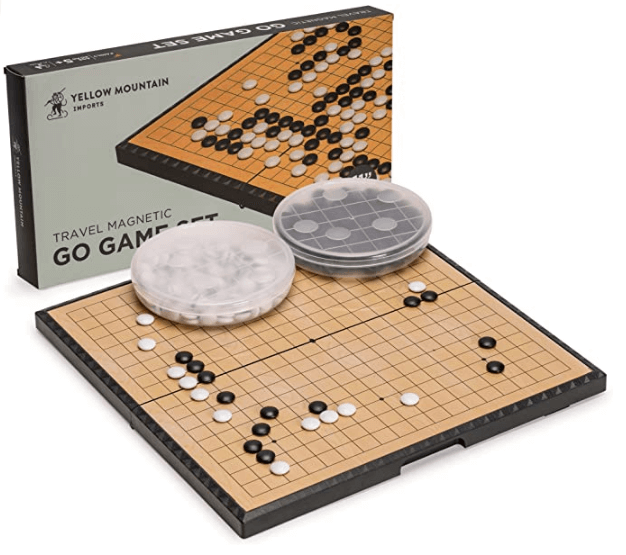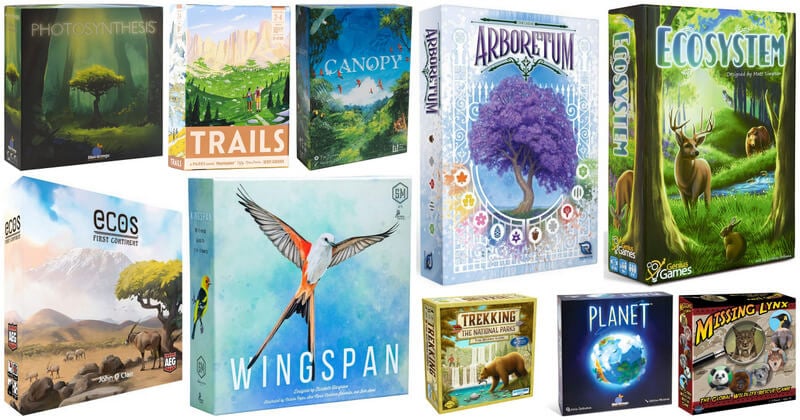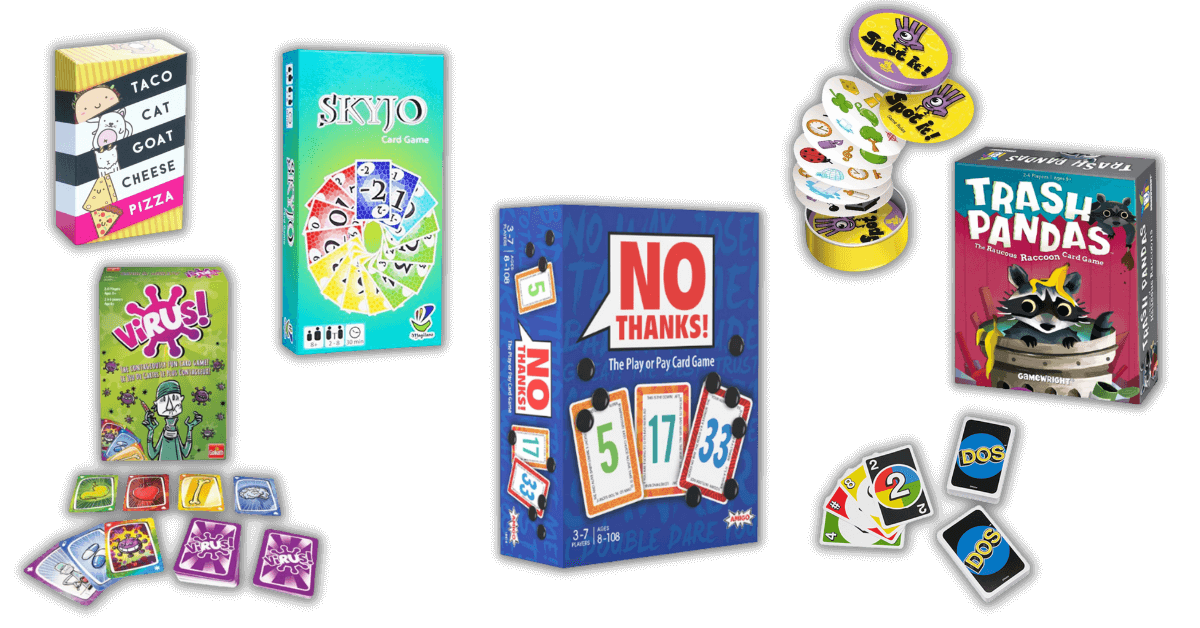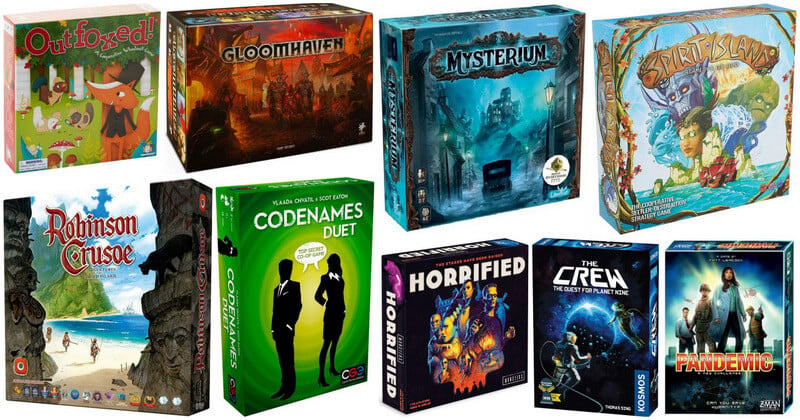Ancient history isn't always well documented, which makes it tricky to definitively answer the question, "What is the oldest board game in the world?" While we don't know the exact answer to this challenging question, history has given us good insight into some of the world's oldest games, and we're sharing a few of them here.
For example, at Puʻuhonua o Hōnaunau National Historical Park on the Big Island of Hawaii, visitors can see a number of flat rocks with orderly holes carved into them. They're boards for Kōnane, a game sometimes referred to as Hawaiian Checkers. At the park, you can sit down and play on one of the same boards the ancients used.
The story of Kōnane dates back to the late 1700s when Captain James Cook noticed locals enjoying it, but the game is probably much older than that. Pu'uhonua o Hōnaunau's has been known as a place of refuge since at least the 15th century, when people accused of a crime or defeated in a battle would go there to cool their heels for a few days before emerging with a fresh start.
When you see Puʻuhonua o Hōnaunau, it's easy to imagine residents killing time and chilling out with a few rounds of Kōnane before rejoining society. But it can also make you curious about the other ancient board games that existed. Here are just a few of them–you may be surprised to find you've already played one!
We use Amazon affiliate links to recommend products we trust and love, so we might earn a small commission if you decide to purchase. However, we believe in giving back as a company, so we'll be donating these profits back to great nonprofits making a difference in the world.
1. Chaturanga (Chess)
Age: 1,500-1,950 years
Place of Origin: India, Afghanistan
If a modern chess club member time traveled to ancient India, they would probably recognize many aspects of Chaturanga. For example, a raja (king) moves one square at a time, while a horse moves the same way a knight does in modern chess. But they might also notice big differences, like the oldest versions involved four players instead of just two. The war-strategy game moved through Eurasia over the centuries, probably inspiring Elephant Chess in China and a round version in 10th-century Persia. In 13th-century Europe, people started playing a version of Chaturanga very similar to today's game of chess. The late 15th century brought one last tweak: A queen could move any number of spaces in any direction. This may have been inspired by the awesome political power of Queen Isabella of Spain.
Is it still played?
You already know the answer to this! Besides picking up a game in New York's Washington Square Park on any given day, you can absorb the relevance of chess in modern times in cultural works such as The Queen's Gambit or even Harry Potter and the Sorcerer's Stone.
2. Patolli
Age: About 2,200 years
Place of Origin: MesoAmerica, played by Toltecs, Aztecs, Maya
A lot of really old board games are race games. Like Snakes and Ladders or Sorry!, the object of any race game is to get all of your pieces to the end of the course first. Patolli is believed to have been a combination of a race game and a war game and involved throwing very simple dice (beans with a hole in one side) to determine how far your piece could move along an X-shaped mat. Gambling over Patolli was de rigeur. The stakes could be mere blankets or gem stones, but they could also be higher–according to one 16th-century friar, men would gamble on their lives, with the loser either becoming a slave or part of a human sacrifice.
Is it still played?
Not really. Since colonizers burned the mats and playing pieces as part of their annihilation of native culture, we don't know the exact rules.
3. Go
Age: 2,500 to 4,000 years
Place of Origin: China
Like chess, Go is a military battle game. It might look simpler than chess, since each player's army is nothing but a bunch of identical stones. Yet the complexities arising from this game can keep players occupied for hours or even days. Go is entrenched in traditional Chinese and Japanese culture–Confucius even referenced the game when pontificating on human nature. It's also included in Japan's classic literary work, The Tale of Genji.
Is it still played?
You bet! The American Go Association calls it the "most popular game in the world today." While most active in East Asia, Go is growing in popularity in the West as well.
4. The Royal Game of Ur
Age: 4,600 years
Place of Origin: Mesopotamia
If you've ever had a board game for so long that the rule sheet is too tattered to read, you might sympathize with Irving Finkel. This British Museum curator had to translate the rules to Ur from a 2,000-year-old cuneiform tablet. Like Backgammon, which Ur may have inspired, the game is a race, where the players move their pieces based on rolling dice. Boards have been found all over the Middle East and beyond. In ancient Egypt, the version known as The Game of 20 Squares was very popular–King Tut had a set with him in his tomb.
Is it still played?
Some. Based on the rule reconstructions from Finkel and others, you can play Ur online. And of course, you can still play backgammon.
5. Senet
Age: 5,000 years
Place of Origin: Egypt
If you look at the Ancient Egyptians in museum paintings, you might not feel like you have much in common with them. For one thing, you live in 3D, and these folks are perpetually stuck in profile. But look closer. At certain museums–like The Met Fifth Avenue in New York–you can see ancient Egyptians doing something you probably do, too: Playing board games. Specifically, the Met has a painting of Queen Nefertari playing Senet. It's a copy, but the original tomb painting was made more than 3,000 years ago. The crazy thing is, by that time, Senet was already an ancient game. The oldest depiction we've seen comes from another tomb painting made 2,000 years earlier. Senet was probably pretty simple in early years, but eventually it gained religious significance, becoming associated with the journey through the netherworld to the afterlife. That may be why we find Senet sets and paintings in tombs. The game is even mentioned in The Book of the Dead.
Is it still played?
Sort of. While we don't have a strong grasp on the whole rulebook, we know that Senet, which means 'passing,' involves racing pawns to the end of the board while avoiding obstacles. Given how long the game was played, there were probably multiple versions with various rules. You can buy a reproduction set today and play it based on rules reconstructed from ancient texts.
6. Mancala
Age: 3,600 to 8,000 years(!)
Place of Origin: Possibly Africa
While we know this deceptively simple game of 'pits and pebbles' was played in ancient Ghana and Sudan as long ago as 1600 BC, a stone board discovered in Jordan may date all the way back to 5,870 BCE. That would place Mancala in the Neolithic era, a.k.a the Stone Age! And since this game can be played without a board by digging pits in the dirt, who knows how far back it goes? On the other hand, one scholar argues that since a Mancala board can be so basic–just a few rows of holes–archeological finds referred to as 'super-ancient Mancala boards' could have actually been other unknown games or not games at all. Like chess, the ancient version of Mancala has spawned into many variants across time and geography. Mancala-type games have been known by hundreds of different names throughout Africa, the Middle East, India, Southeast Asia and even the New World.
Is it still played today?
Yes. It's more of a family of games than one specific game, but the various versions of Mancala all involve moving pebbles, marbles, etc., along rows of holes and capturing the opponent's pieces as you go. The version known as Owari is still popular in West Africa and the Caribbean with local and international tournaments. The version popular in southern India is called Pallankuzhi. In the West, a version called Kalah has been commercially available since the 1940s. You can also buy versions known simply as Mancala.
*All ages are approximate, based on archeological discoveries, ancient texts and other research.
If you're a fan of history, check out our blog post about history board games here.

